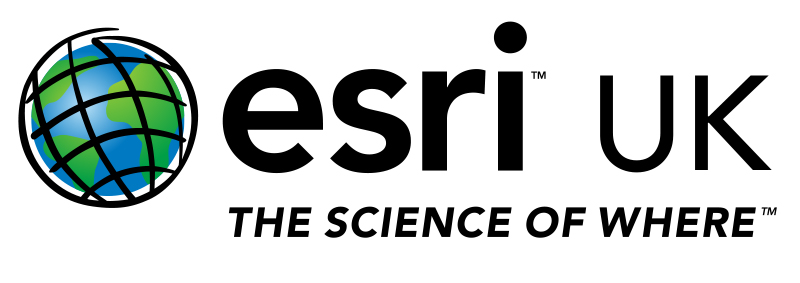Northern Ireland Water engages in a GIS-led business transformation
/A water utility serving 1.8 million people has created a single corporate GIS and is leveraging this platform to transform its customer services, business efficiency and service delivery.
The enterprise-wide deployment of ArcGIS has proved a catalyst for wide-ranging business improvements at Northern Ireland Water. The organisation is enhancing its customers’ experiences, reducing costs and removing inefficient processes, by making geospatial data accessible to 1035 employees and using ArcGIS tools to rapidly deploy new web and mobile applications.
In the Customer Call Centre, for example, Northern Ireland Water has developed a live, situational awareness map that enables call handlers to deliver a more responsive customer service by giving them clear visibility of reported issues. Displayed on a four metre screen, the web map also enables incident managers to monitor leaks, blockages and service interruptions in real-time, make well-informed decisions and react quickly to resolve issues.
In the Developer Services team, engineers now use ArcGIS to design water main networks for planned new residential developments significantly quicker than before and can deliver a fast, professional and cost-effective service. In addition, field-based teams will soon be using a new mobile app, developed using Survey 123 for ArcGIS, to collect data about the locations of trenches, equipment, infrastructure and other hazards. This mobile solution is expected to play a key role in helping the company to identify and respond to potential health and safety risks more quickly.
Northern Ireland Water’s situational awareness web map provides managers with a clear overview of customer issues in real time
“Northern Ireland Water’s new Corporate GIS, implemented using ESRI technology, gives us the advantage of being able to swiftly deploy spatial solutions to aid decision making and drive significant business improvements.”



